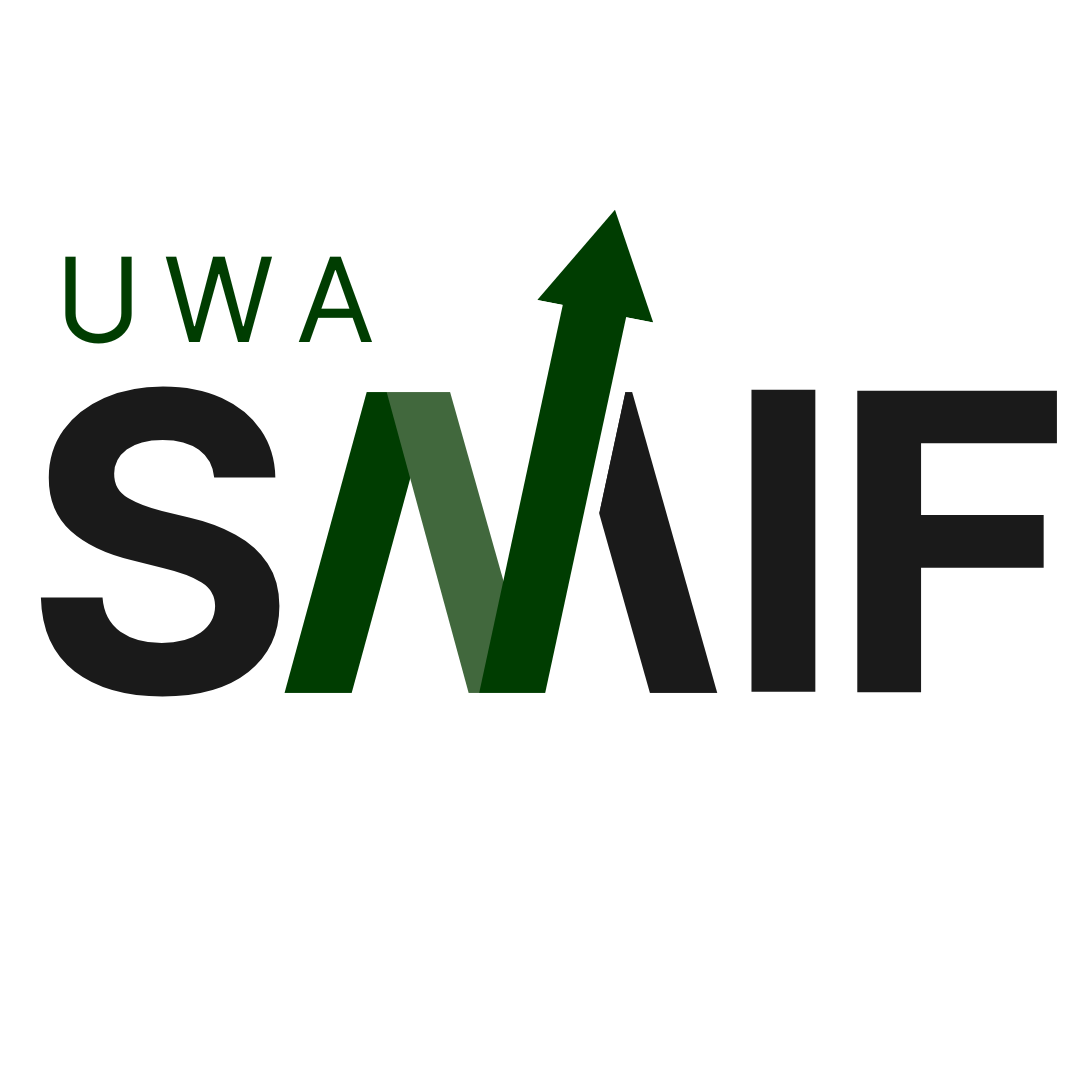The Australian economy grew by 0.4% in the December quarter and by 2.4% year-on-year. This was below market expectations of 0.7% and 2.9% quarterly and annualised respectively. Growth slowed in comparison to September’s 2.8%.
Household expenditure drove growth in the economy during the December quarter, increasing from 0.5% to 1%. This was driven by holiday shopping and all components rose except for food and utilities. Trade was the largest drag on growth, in part from a stronger Aussie dollar. The major declines in exports were in rural goods, transport equipment and travel services.
Private investment remained subdued, detracting 0.3% off growth for the quarter, mainly from a decrease in private dwellings and a sharp decrease in new engineering construction. In addition, public investment increased 2.9% for the quarter driven by state and local governments.
Wages ticked up to grow at 1.1%, contributing to 4.8% increase for the year, the strongest since June 2012. The increase in wages is consistent with stronger employment data reported in the labour force. The sector with the largest wage growth was construction at 8%.
Western Australia and the Northern Territory’s GDP contracted for the quarter at -0.2% and -7.6% respectively. The fastest growing state was the ACT at 1.6%.

